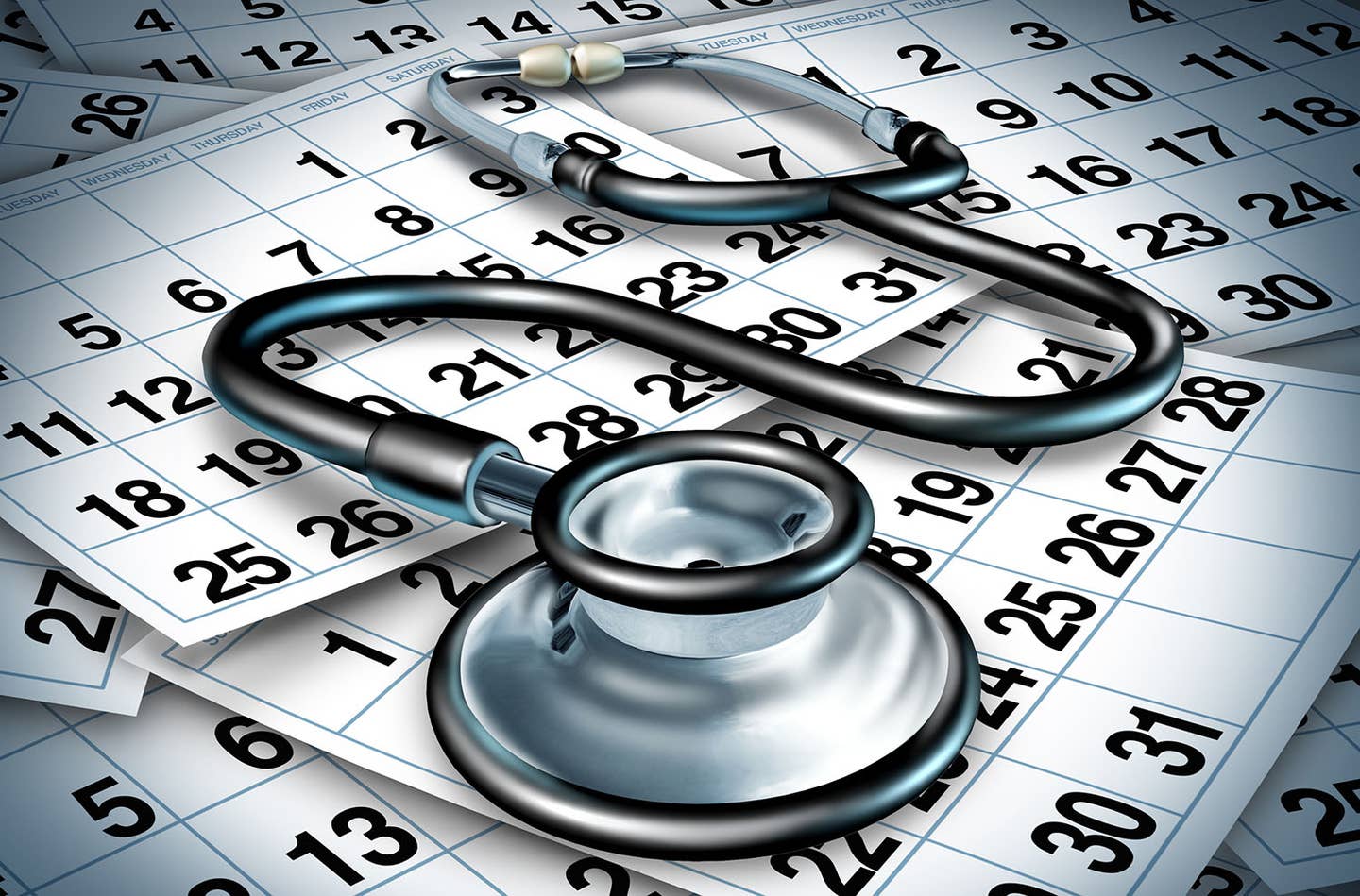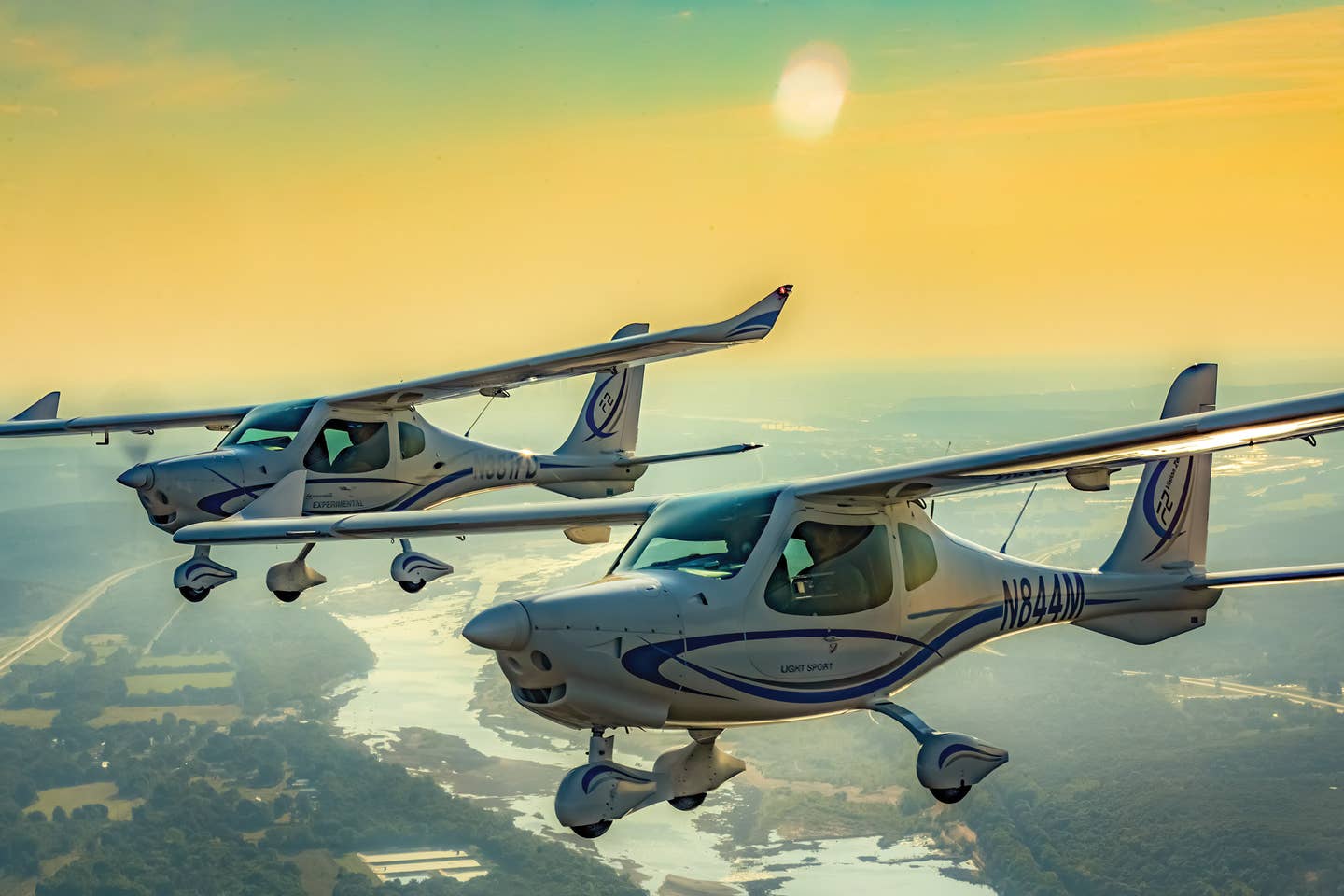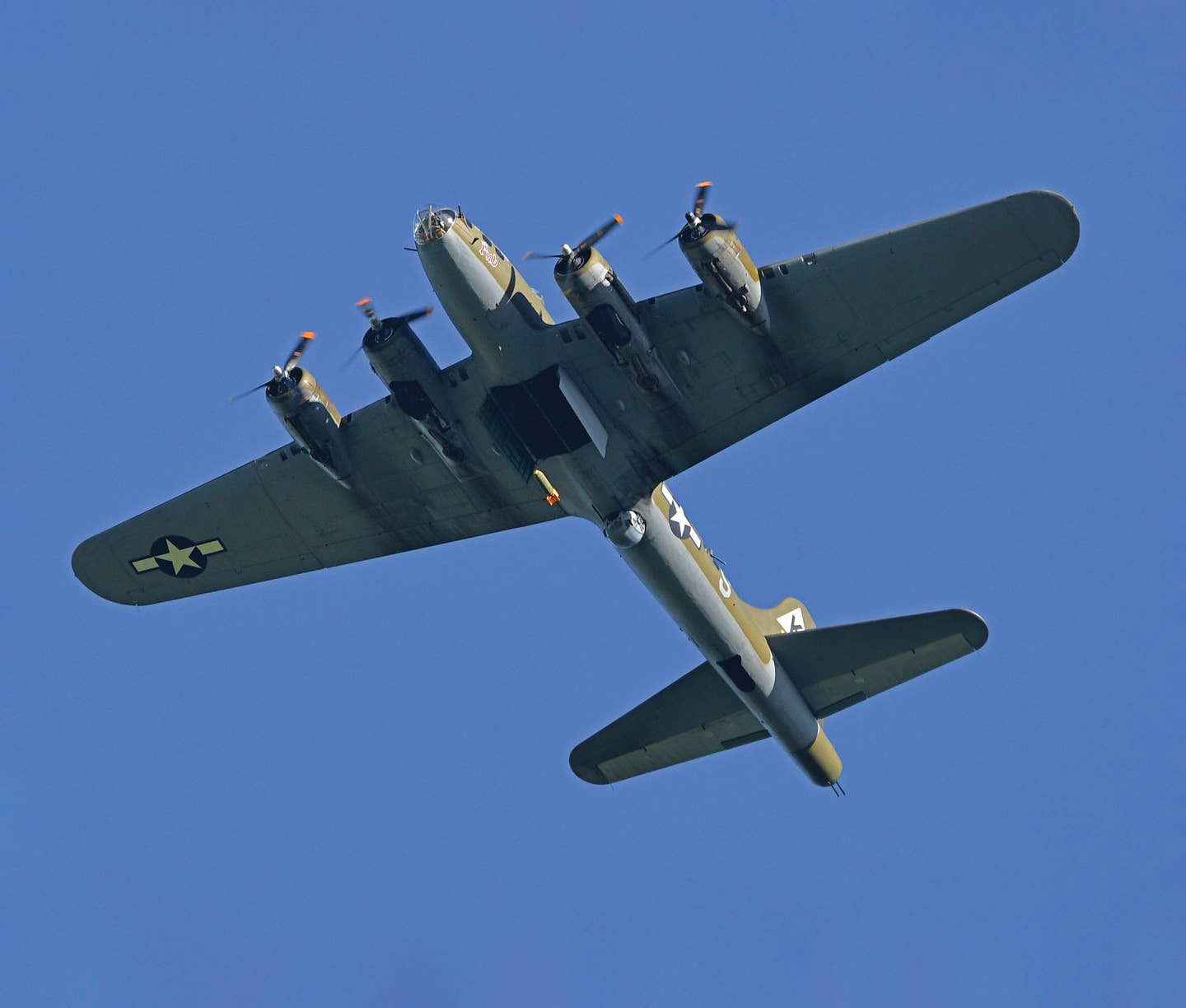Flying High & Dry
Why the FAA has added pilot dehydration to the list of flight hazards
 There is scant attention given to it. Most pilots overlook it. Some shrug it off, while others simply don't know about its effects in the cockpit. The problem? Pilot dehydration. Most pilots are unaware of its devastating effects and symptoms, which can increase the risk of aircraft incidents and accidents, even during a mildly warm day. In order to heighten general aviation's awareness of this often overlooked condition, the Federal Aviation Administration (FAA) has recently added pilot dehydration---its symptoms, causes, effects and corrective actions---to its latest Practical Test Standards list of physiological conditions. The FAA believes that educating pilots about dehydration will not only decrease aircraft incidents, but also save pilots' lives one day.
There is scant attention given to it. Most pilots overlook it. Some shrug it off, while others simply don't know about its effects in the cockpit. The problem? Pilot dehydration. Most pilots are unaware of its devastating effects and symptoms, which can increase the risk of aircraft incidents and accidents, even during a mildly warm day. In order to heighten general aviation's awareness of this often overlooked condition, the Federal Aviation Administration (FAA) has recently added pilot dehydration---its symptoms, causes, effects and corrective actions---to its latest Practical Test Standards list of physiological conditions. The FAA believes that educating pilots about dehydration will not only decrease aircraft incidents, but also save pilots' lives one day.
Most pilots associate dehydration with thirst and assume that they can drink any type of liquid. This isn't always the case. A pilot's dehydration condition is caused by a lack of water within the body cavity due to high body temperatures, a dry aircraft environment, excess caffeine, antihistamines and inappropriate fluid intake. Many soft drinks, teas and juice drinks don't constitute adequate hydration substitutes, as they contain caffeine and sugar that may compromise absorption of the water content.
Hot cockpits and flight lines also cause dehydration. Average humidity in the cockpit is low and causes a dramatic increase in fluid loss.
To combat it, unreplaced water losses equal 2% of body weight and will impact your body's ability to regulate heat. At a 3% loss, there's a decrease in muscle-cell contraction times. When fluid losses equal 4% of your body weight, there's a 5% to 10% drop in overall performance.
According to the Spring 2000 edition of the Federal Air Surgeon Bulletin, there are three stages of dehydration: heat stress, heat exhaustion and heat stroke (see sidebar "Three Stages Of Dehydration"). There's a subtle change between each stage, so monitor your condition when you're flying in hot weather conditions.
Dehydration symptoms go beyond thirst. To respond to the brain's need for fluid, the kidneys reabsorb water through the urine, creating fluid retention and frequent bathroom visits. Dry skin also indicates dehydration, as the skin gets most of its moisture subdermally. Plus, headaches, lightheadedness and fatigue demonstrate water loss. Dehydration also contributes to fuzzy thinking, poor decision-making, dizziness and muscle fatigue. Long-term effects include wrinkled skin, impaired memory function, dry hair, brittle nails, constipation, susceptibility to colds and sinus infections.
So, how can pilots avoid dehydration in the cockpit? First of all, you will need to permanently attach yourself to a water bottle and drink from it regularly. The Federal Air Surgeon Bulletin also suggests drinking cool, 40-degree F water before feeling thirsty and getting into the cockpit. Doing so will help you stay ahead of the game, keeping you hydrated before the thirst mechanism sets in. You would not want to vomit or get tunnel vision while flying or making an in-flight emergency.
One alternative to water is mineralized (electrolyte) water. Electrolyte drinks, more commonly known as sports drinks, are designed to replace the fluids (water) and electrolytes (sodium, potassium, chromium and manganese) that are lost during stress, body temperature regulation and exercise. Gatorade, 10K, Quickick and Max are just a few examples of sports drinks that are available to consumers, although you have to watch out for these products' sugar levels. It may lower a pilot's systematic blood-sugar level and precipitate fatigue. If too much sugar is a concern, one company has created a portable electrolyte effervescent tablet without sugar called electroBlast for the pilot on the go (see the sidebar "The Portable Pilot Drink"). It keeps you from getting behind the power curve and prevents you from low blood-sugar levels.
The FAA also suggests staying away from coffee, sodas and teas---otherwise called diuretic drinks. These beverages contain caffeine, alcohol and carbonation, which cause excess urine production or decreased voluntary fluid intake. This is a sure sign of dehydration. In addition, don't overexercise before a flight, since doing so can cause a large amount of body fluid loss that is difficult to replace quickly. You also need to keep in mind that acclimation to a major change in weather takes one to two weeks, which can drastically affect your flying abilities. Monitoring personal effects of aging, recent illness, fever, diarrhea or vomiting also can help you in gauging whether or not you're dehydrated.
Some experts also suggest to move your leg muscles while flying. Since dehydration reduces blood flow and, in essence, oxygen to your brain, moving your legs or even shifting in your seat will help return blood from your lower extremities to your heart, enabling more blood to be pumped around the body.
Perhaps the most important factor in preventing dehydration, however, is to continually be aware of your own physiological and environmental conditions. This awareness will help you maintain your rehydration water intake and prevent you from progressing into heat exhaustion and even heat stroke, when comas often occur. It's a good plan for a problem that can easily beavoided---all by just drinking a few gulps of water.
Nina Anderson is an FAA Wings Program human factors seminar leader, ISSA specialist in performance nutrition and a corporate King Air pilot.
| 3 Stages of Dehydration | |
| 1 Heat stress (99.5° F to 100° F body temperature) reduces: | |
| ⢠Performance, dexterity and coordination | |
| ⢠Ability to make quick decisions | |
| ⢠Alertness | |
| ⢠Visual capabilities | |
| ⢠Caution and caring | |
| 2 Heat exhaustion (100° F to 101° F body temperature) symptoms: | |
| ⢠Fatigue | |
| ⢠Nausea and vomiting | |
| ⢠Giddiness | |
| ⢠Cramps | |
| ⢠Rapid breathing | |
| ⢠Fainting | |
| 3 Heat stroke (above 105° F body temperature) symptoms: | |
| ⢠The body's heat-control mechanism stops working | |
| ⢠Mental confusion | |
| ⢠Disorientation | |
| ⢠Bizarre behavior | |
| ⢠Coma | |
The Portable Pilot Drink
To better combat dehydration, there's a portable rehydration drink that's now available to pilots. Called electroBlast, the lemon-lime electrolyte effervescent tablet was designed by pilots, for pilots. It contains essential electrolytes, without added refined sugar, artificial dyes or sweeteners. It also contains 100 mg of vitamin C, which helps prevent dehydration and its potentially debilitating effects on pilots. It slips into the neck of the average water bottle and dissolves in water, producing a hydration drink for use anytime, anywhere---perfect for pilots looking to quench their thirst. For more information, contact electroBlast at (888) 217-7233 or log on to http://electroblast.com/moreinfoat.

Subscribe to Our Newsletter
Get the latest Plane & Pilot Magazine stories delivered directly to your inbox






